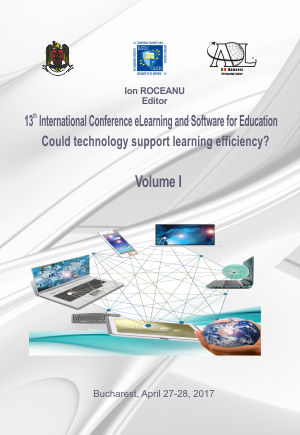INCREASING STUDENT/STUDENT AND STUDENT/LECTURER COMMUNICATION THROUGH AVAILABLE TOOLS TO CREATE A VIRTUAL CLASSROOM FEELING IN ONLINE EDUCATION
INCREASING STUDENT/STUDENT AND STUDENT/LECTURER COMMUNICATION THROUGH AVAILABLE TOOLS TO CREATE A VIRTUAL CLASSROOM FEELING IN ONLINE EDUCATION
Author(s): Tom DRANGE, Joakim KargaardSubject(s): Social Sciences, Education
Published by: Carol I National Defence University Publishing House
Keywords: Online education; virtual classroom; interaction.
Summary/Abstract: With advances in technology and the increased penetration of Internet access, a change has occurred within education. Offering education through online services has increased dramatically over the last few years. Noroff Education, a Norwegian private education provider, started offering online vocational education within IT network and security, and media disciplines in 2002, extending this to include university college level education in 2012. Over the years, the online student intake has grown and there are currently about 400 students taking one, - or two-year programs online. Since online education allows students to study from anywhere, this has meant that a proportion of the students have special needs. The authors have found that using tools available, including a Learning Management System (Moodle), Instant Messaging (Slack/Discord) and email, have helped to provide support for these students. The combined use of Learning Management System and Instant Messaging has created a classroom feel outside of the physical classroom and has encouraged communication among students as well as between students and teachers. Prior to introducing Slack and later Discord, the Instant Message communication tool of choice was Skype. However, this did not foster those relationships in the same way and did not assist in creating a virtual classroom feeling. Using tools available has allowed the authors to increase communication and care for the students and allowed for more personal interaction and guidance. This paper focuses on discussing how this has created an environment where increased communication and interaction has led to a better educational journey for all students in general and those with special needs in particular.
Journal: Conference proceedings of »eLearning and Software for Education« (eLSE)
- Issue Year: 13/2017
- Issue No: 01
- Page Range: 393-400
- Page Count: 8
- Language: English

